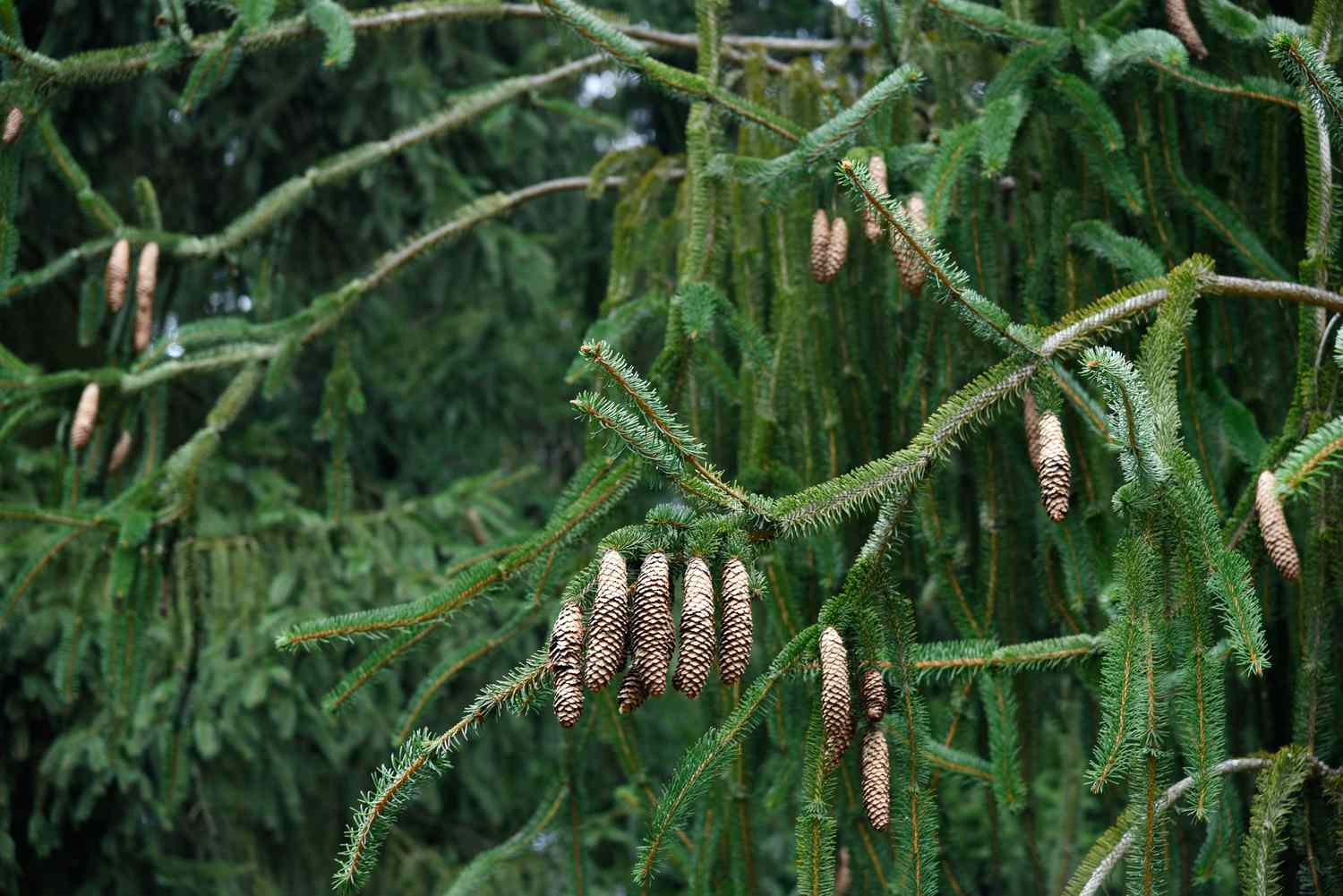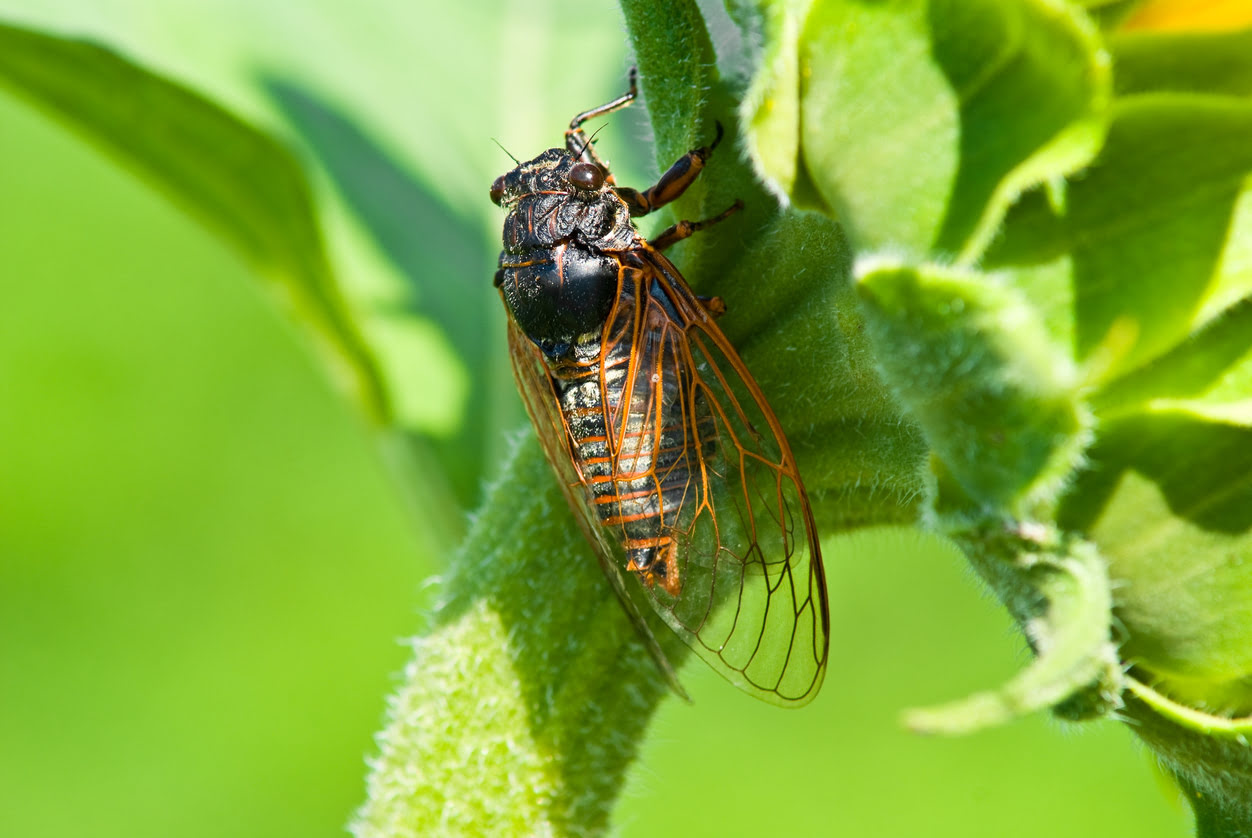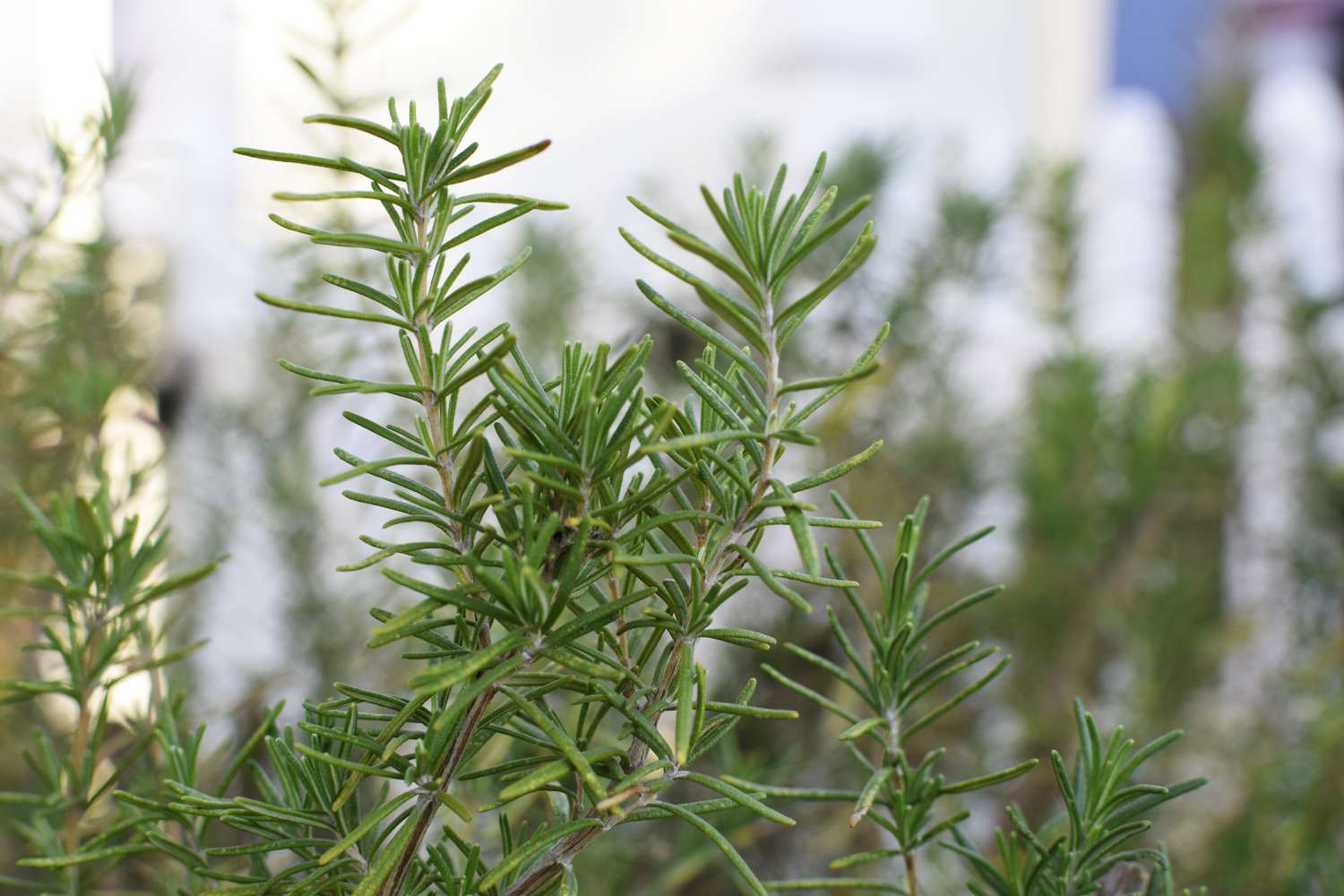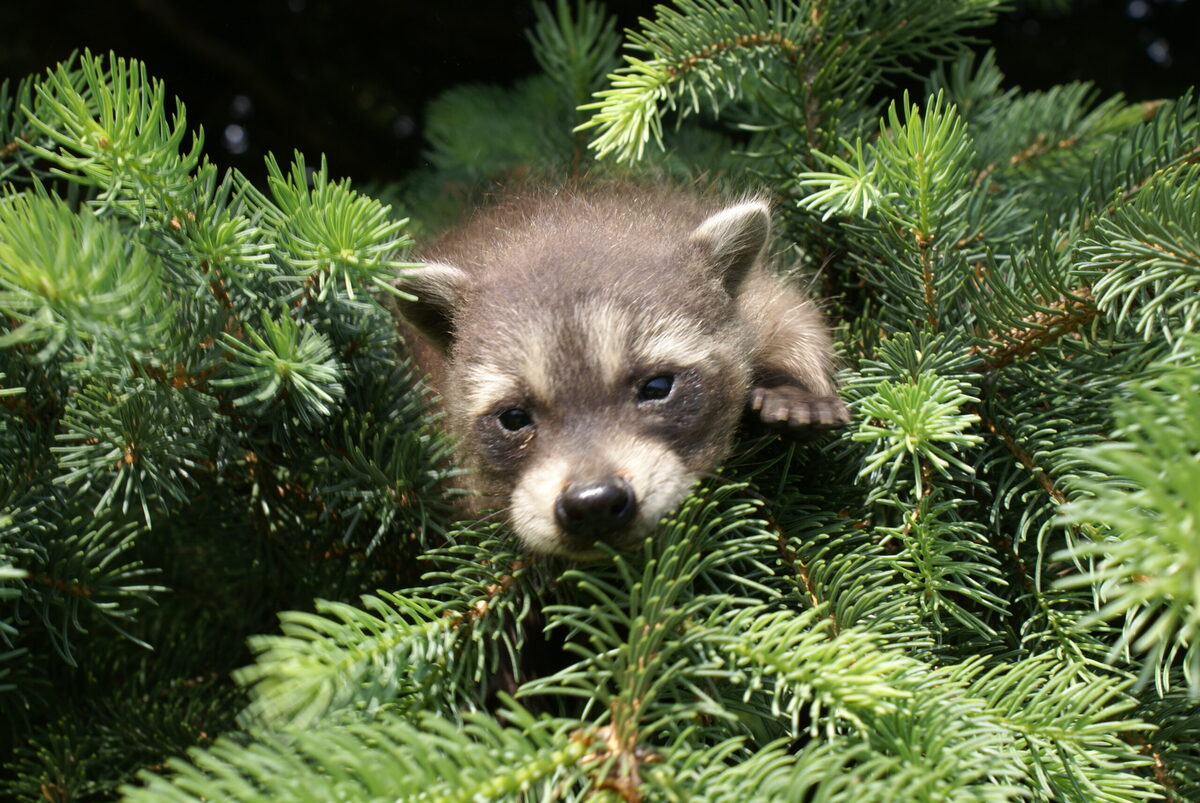Home>Gardening News and Trends>Latest News>How Long Do Spruce Trees Live


Latest News
How Long Do Spruce Trees Live
Modified: January 22, 2024
Find out the latest news on the lifespan of spruce trees and discover how long they can live. Explore this fascinating topic now.
(Many of the links in this article redirect to a specific reviewed product. Your purchase of these products through affiliate links helps to generate commission for Chicagolandgardening.com, at no extra cost. Learn more)
Table of Contents
Introduction
Spruce trees are majestic evergreen conifers that are treasured for their beauty and ability to thrive in various climatic conditions. With their towering height and dense foliage, spruce trees add a touch of elegance to landscapes and provide essential habitat for wildlife. However, have you ever wondered how long spruce trees can live?
Spruce trees are known for their impressive longevity, with some species capable of surviving for hundreds of years. Factors such as species, environmental conditions, and tree care practices greatly influence the lifespan of spruce trees. Understanding these factors can help arborists, tree enthusiasts, and homeowners cultivate healthy and long-lived spruce trees.
Throughout this article, we will delve into the various factors that affect the lifespan of spruce trees, discuss the environmental conditions required for their growth, examine common diseases and pests that can threaten their health, and share practices to enhance their longevity. Additionally, we will explore signs of aging and decline in spruce trees and highlight inspiring case studies of long-living spruce trees.
Whether you have a spruce tree in your yard or are simply fascinated by these magnificent trees, join us on a journey to uncover the secrets of their lifespan and learn how to care for them to ensure their beauty and vitality for generations to come.
Factors Affecting the Lifespan of Spruce Trees
The lifespan of a spruce tree can be influenced by various factors, including genetics, environmental conditions, tree care, and external threats. Let’s take a closer look at each of these factors:
1. Genetics: The species and genetic makeup of a spruce tree play a significant role in determining its lifespan. Some spruce species, such as the Norway spruce (Picea abies), have been known to live for several centuries, while others may have shorter lifespans. Additionally, the health and vitality of the seedlings used for planting can impact their longevity.
2. Environmental Conditions: Spruce trees thrive in specific environmental conditions, and their lifespan can be affected by factors such as climate, soil quality, and exposure to sunlight. Generally, spruce trees prefer cool climates with well-drained soil. Extremes in temperature, prolonged drought, and poor soil conditions can stress the trees and shorten their lifespan.
3. Tree Care Practices: Proper care and maintenance can greatly impact the lifespan of spruce trees. Regular watering, mulching, and pruning can help maintain the tree’s health and vigor. Avoiding damage to the trunk, such as from lawnmowers or construction, is also essential. Additionally, fertilizing with suitable nutrients can enhance the tree’s growth and resilience.
4. External Threats: Spruce trees are susceptible to various diseases and pests that can significantly affect their lifespan. Common threats include fungal infections, insect infestations (such as spruce budworm and bark beetles), and environmental stressors like air pollution. Early detection and appropriate treatment can help mitigate these threats and prolong the lifespan of spruce trees.
By understanding and addressing these factors, arborists and homeowners can create a conducive environment for spruce trees to thrive and develop. Proper selection, regular care, and effective pest management practices can significantly contribute to the longevity and overall health of these magnificent trees.
Environmental Conditions Required by Spruce Trees
Spruce trees have specific environmental requirements to thrive and reach their full potential. Understanding and providing these conditions can significantly contribute to the longevity and health of spruce trees. Here are the key environmental factors required by spruce trees:
1. Climate: Spruce trees are well-adapted to cool climates and are commonly found in regions with long, cold winters and moderate summers. They prefer regions with average annual temperatures between -30°C and 10°C (-22°F and 50°F). However, some species, such as the Colorado spruce (Picea pungens), can tolerate warmer climates.
2. Sunlight: Spruce trees prefer full sun exposure for at least six hours a day. Adequate sunlight allows for proper photosynthesis, which is essential for the tree’s growth and overall health. Insufficient sunlight can lead to weak growth and increased susceptibility to diseases and pests.
3. Soil Conditions: Well-drained soil is crucial for spruce tree growth. They prefer moist, loamy soils with a slightly acidic to neutral pH level (around 4.5-6.5). Compacted or poorly draining soils can lead to root rot and other problems. Before planting a spruce tree, it is essential to ensure the soil is suitable by conducting a soil test.
4. Air Circulation: Good air circulation is necessary to prevent stagnant air and the buildup of moisture around the tree’s foliage. Proper air circulation reduces the risk of fungal infections, such as needle cast diseases, which can harm spruce trees. Planting spruce trees with adequate spacing allows for better airflow and reduces the chances of disease development.
5. Watering: Spruce trees require regular watering, especially during periods of drought. Adequate moisture is critical for their survival and growth. It is important to provide deep and thorough watering, ensuring the water reaches the tree’s root zone. Applying a layer of mulch around the tree helps retain moisture and regulate soil temperature.
By ensuring that spruce trees are planted in suitable climates, provide adequate sunlight, maintain proper soil conditions, promote air circulation, and implement proper watering practices, we can create an environment in which spruce trees can thrive and flourish for many years to come.
Common Diseases and Pests that Affect Spruce Trees
Spruce trees, like all plants, are susceptible to various diseases and pests that can cause significant damage if left unchecked. Recognizing and addressing these issues promptly is crucial for maintaining the health and longevity of spruce trees. Here are some common diseases and pests that can affect spruce trees:
1. Needle Cast Diseases: Needle cast diseases, caused by various fungal pathogens, affect the needles of spruce trees. Symptoms include discoloration, browning, and premature dropping of needles. Fungicides and proper cultural practices, such as pruning infected branches and improving air circulation, can help manage needle cast diseases.
2. Canker Diseases: Canker diseases are caused by fungal pathogens and result in the formation of sunken, discolored lesions on the tree’s trunk or branches. These cankers disrupt the flow of nutrients and water, leading to branch dieback and tree decline. Pruning infected branches and promoting tree vigor through proper care can help manage canker diseases.
3. Spruce Budworm: Spruce budworms are destructive caterpillars that feed on the buds and needles of spruce trees. Infested trees exhibit defoliation, stunted growth, and weakened overall health. Biological controls, such as introducing natural predators, and careful monitoring can help manage spruce budworm infestations.
4. Bark Beetles: Bark beetles are tiny insects that bore into the bark of spruce trees, causing damage and facilitating the entry of fungal pathogens. Signs of bark beetle infestation include pitch tubes, small holes in the bark, and sawdust-like frass. Preventive measures, such as maintaining tree vigor and promptly removing and disposing of infested wood, can help control bark beetle populations.
5. Scale Insects: Scale insects are small, immobile pests that feed on the sap of spruce trees. Heavy infestations can cause needle yellowing, stunted growth, and branch dieback. Insecticides or natural predators can be used to manage scale insect populations, depending on the severity of the infestation.
Regular monitoring, early detection, and appropriate treatment are crucial for managing these diseases and pests. Employing integrated pest management (IPM) practices, which combine cultural, biological, and chemical control methods, can help maintain the health and resilience of spruce trees while minimizing the use of pesticides.
Practices to Enhance the Longevity of Spruce Trees
To ensure the longevity and vitality of spruce trees, it is essential to implement proper care and maintenance practices. By following these guidelines, you can promote the health and resilience of your spruce trees:
1. Planting: Select healthy nursery-grown seedlings and plant them in well-drained soil with suitable sun exposure. Proper planting depth and spacing are crucial for proper root development and airflow.
2. Watering: During dry periods, provide regular watering to keep the soil around the tree evenly moist. Deep watering promotes deep root growth and reduces the risk of drought stress.
3. Mulching: Apply a layer of organic mulch, such as wood chips or bark, around the base of the tree. Mulching helps retain soil moisture, regulate temperature, suppress weed growth, and improve soil health.
4. Pruning: Regularly inspect and prune your spruce trees to remove dead, damaged, or diseased branches. Proper pruning improves air circulation, reduces the risk of disease, and enhances the tree’s natural shape.
5. Fertilizing: Assess the nutritional needs of your spruce trees and apply fertilizer if necessary. Use a slow-release, balanced fertilizer specifically formulated for evergreen trees and follow the manufacturer’s instructions for application rates.
6. Pest Management: Monitor your spruce trees for signs of pests and diseases. Implement integrated pest management (IPM) practices, which prioritize cultural and biological control methods. If necessary, carefully select and apply appropriate pesticides following label instructions.
7. Protect from Mechanical Damage: Avoid damaging the trunk or roots of your spruce trees during construction or lawn care activities. Be cautious when using lawnmowers, trimmers, or heavy equipment near the trees to prevent wounds and stress.
8. Regular Inspections: Regularly inspect your spruce trees for signs of stress, disease, or pest infestations. Early detection increases the chances of successful treatment and reduces the risk of severe damage.
By implementing these practices, you can enhance the longevity and overall health of your spruce trees. Incorporating proper care and maintenance into your routine ensures that these magnificent trees continue to thrive and add beauty to your landscape for many years to come.
Signs of Aging and Decline in Spruce Trees
As spruce trees age, they may exhibit signs of decline, which can be indicators of underlying issues affecting their health. Recognizing these signs is crucial for timely intervention and maintaining the longevity of the trees. Here are some common signs of aging and decline in spruce trees:
1. Thin or Sparse Foliage: As spruce trees age, their foliage may become thinner and less dense. This can be due to natural shedding of older needles or stress caused by environmental factors, diseases, or pests. Insufficient foliage can impact the tree’s ability to produce energy through photosynthesis.
2. Discolored or Yellowing Needles: Yellowing, browning, or discoloration of needles can indicate nutrient deficiencies, fungal infections, or water stress. As spruce trees age, their ability to uptake and utilize nutrients may diminish, leading to visible changes in needle color.
3. Loss of Vigor and Growth: A decline in the overall vigor and growth rate of a spruce tree can be a sign of aging and stress. Reduced growth may result from inadequate sunlight, nutrient deficiencies, water stress, or disease and pest infestations.
4. Dead Branches and Twig Dieback: Dead branches or twig dieback, especially in the upper canopy of the tree, are signs of declining health. This can be caused by disease, pest infestations, or environmental stressors. Pruning affected branches can help prevent further spread of the problem.
5. Bark Damage: As spruce trees age, the bark may become rough, cracked, or damaged. This can occur naturally as the tree grows, but excessive bark damage can result from mechanical injuries, pest activity, or diseases like canker.
6. Reduced Cone Production: Spruce trees typically produce cones as they mature. A decline in cone production can be an indication of aging or stress, such as nutrient deficiencies or pest infestations.
7. Wilted or Drooping Branches: Wilted or drooping branches are signs of water stress or root problems. Aging roots may struggle to uptake water efficiently, leading to symptoms like wilting and overall decline in branch health.
While these signs may indicate aging and decline, it is important to note that they can also be symptoms of specific diseases, pests, or cultural issues. Consulting with a professional arborist can help accurately identify the underlying cause and develop an appropriate treatment plan.
Regularly monitoring the health of your spruce trees and addressing any signs of aging or decline promptly can help preserve their beauty and prolong their lifespan.
Case Studies of Long-living Spruce Trees
Spruce trees are known for their impressive longevity, and there are numerous case studies of exceptionally old and resilient specimens. These long-living spruce trees serve as living testaments to the resilience and endurance of their species. Here are a few notable case studies:
1. Old Tjikko: Old Tjikko is a Norway spruce (Picea abies) located in Sweden, estimated to be around 9,550 years old. This makes it one of the oldest known living trees on Earth. Old Tjikko has survived countless natural disasters and changes in its environment, thanks to its ability to clone itself and regenerate new trunks from its roots.
2. Jurupa Oak: The Jurupa Oak, also known as the Jurupa Spruce, is a hybrid between a blue spruce (Picea pungens) and a Colorado spruce (Picea engelmannii). This massive tree, located in California, is estimated to be over 450 years old. Although it is technically not a true spruce, it exemplifies the remarkable longevity and adaptability of spruce tree hybrids.
3. Fortingall Yew: While not a spruce tree, the Fortingall Yew (Taxus baccata) in Scotland is worth mentioning due to its impressive age. Estimated to be over 5,000 years old, this ancient yew tree predates the development of Stonehenge and has stood witness to countless generations. Its sheer longevity demonstrates the incredible lifespan that some ancient trees can achieve.
4. Methuselah: Methuselah, a Great Basin bristlecone pine (Pinus longaeva) located in California’s White Mountains, is estimated to be around 4,900 years old. While not a spruce tree, Methuselah deserves recognition for its extraordinary age and ability to withstand harsh environmental conditions, including cold temperatures, high winds, and minimal soil nutrients.
These case studies highlight the remarkable endurance and resilience of spruce trees and other long-living tree species. Despite facing various environmental challenges and changes throughout history, these trees serve as reminders of the importance of conservation and the incredible capacity of nature to thrive and persist.
By learning from these exceptional trees, we can gain valuable insights into tree longevity and develop effective strategies for the care and preservation of our spruce tree populations for future generations to enjoy.
Conclusion
Spruce trees, with their towering beauty and resilience, have the potential to live for centuries. Understanding the factors that affect their lifespan and implementing proper care practices is essential for maintaining their health and longevity. By providing suitable environmental conditions, such as climate, sunlight, and soil quality, we can create an environment in which spruce trees can thrive.
However, spruce trees are not immune to challenges. They can face various diseases and pests that can threaten their health and survival. Regular monitoring, early detection, and prompt treatment are vital for managing these issues and preserving the beauty of spruce trees.
Additionally, practicing proper tree care, including watering, mulching, and pruning, can contribute to the longevity of spruce trees. Consistent care and attention can help promote tree vigor, reduce stress, and keep diseases and pests at bay.
The case studies of long-living spruce trees, such as Old Tjikko and the Jurupa Oak, serve as inspiration and reminders of the incredible lifespan and adaptability of these majestic trees. These ancient specimens demonstrate the importance of preservation and highlight the remarkable ability of trees to withstand the tests of time.
In conclusion, by understanding and respecting the factors that influence the lifespan of spruce trees, we can cultivate healthy, vibrant, and long-lived specimens. Whether they grace our landscapes, forests, or parks, spruce trees continue to captivate us with their magnificence and remind us of the enduring power of nature.









